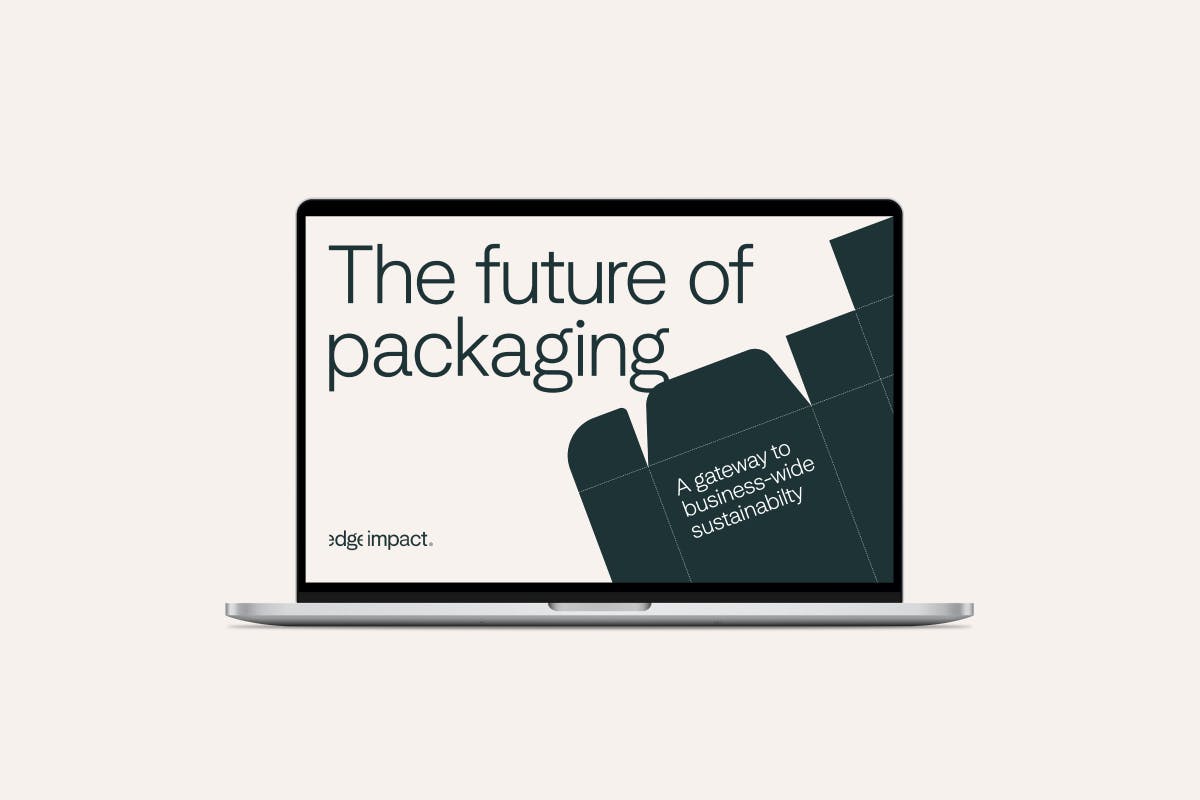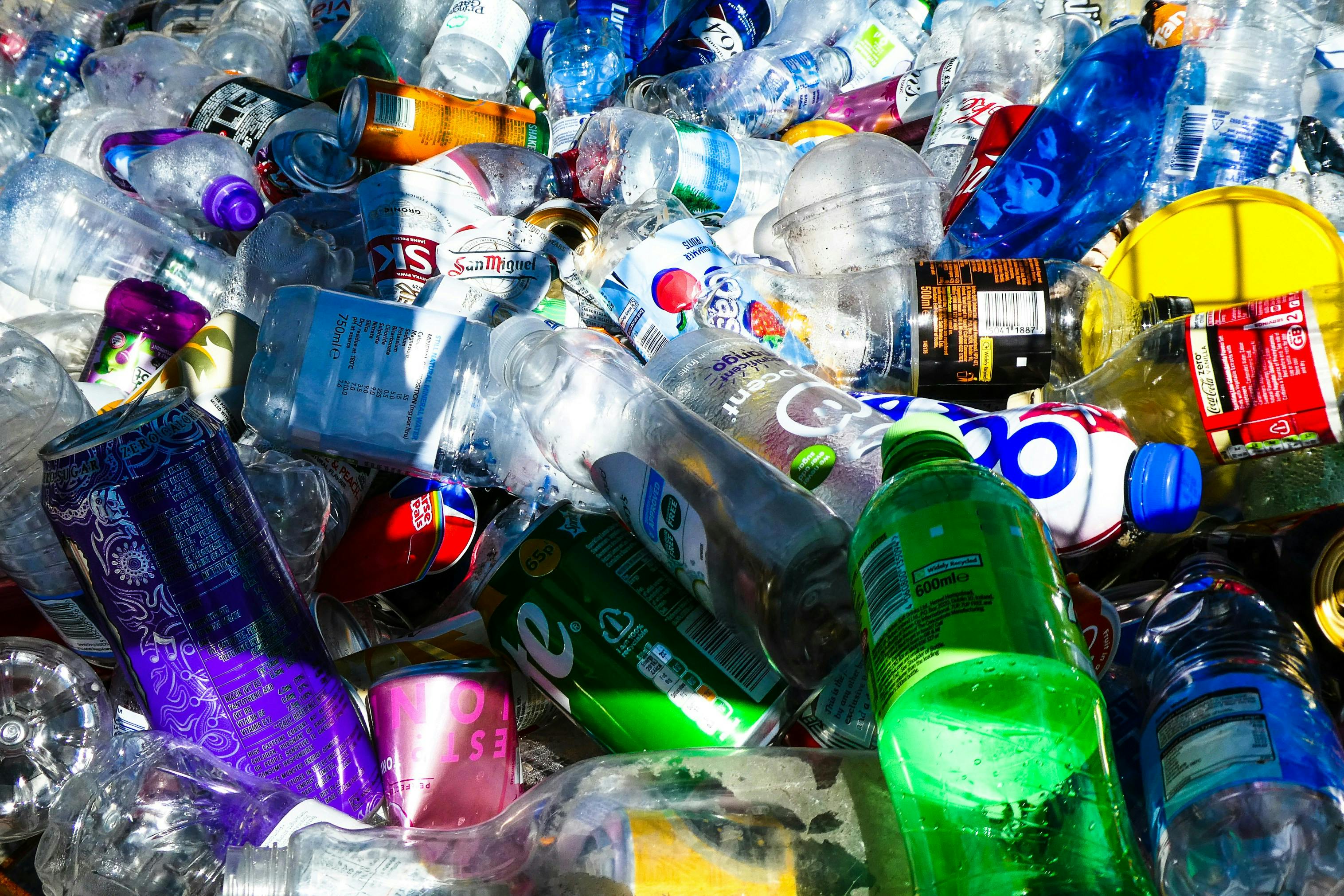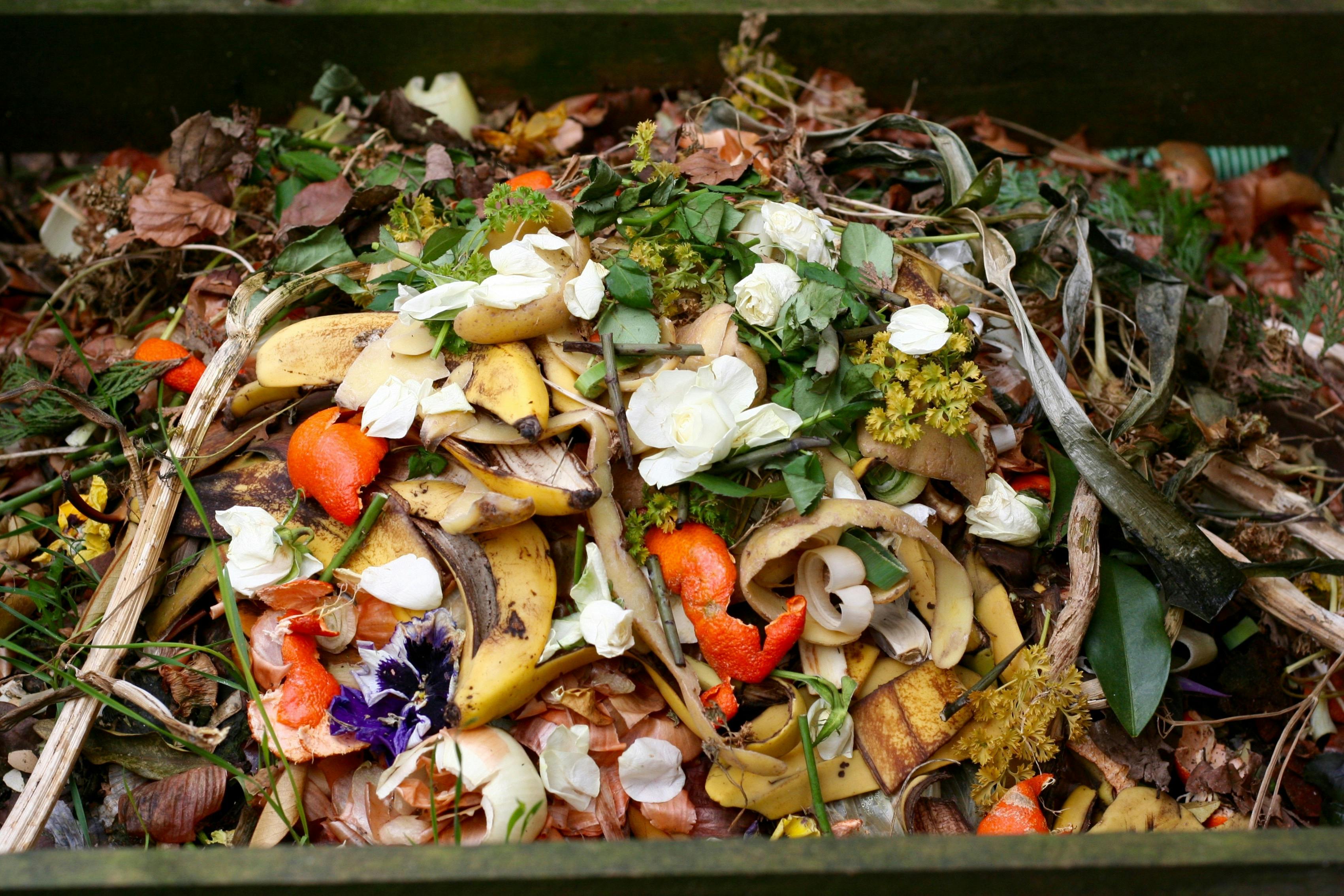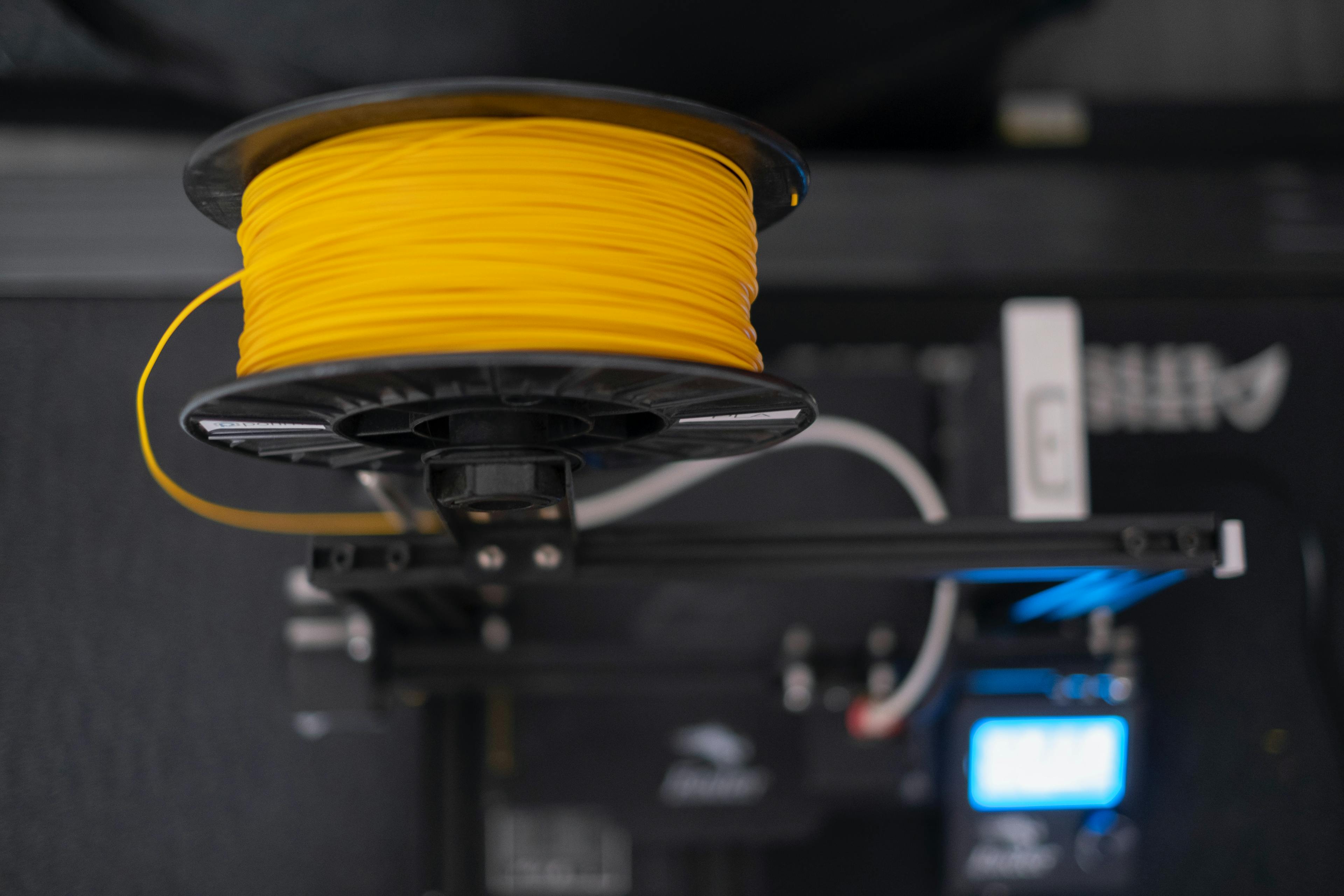The Future of Packaging: Driving business-wide sustainability
As the Australian Government prepares to reform the packaging ecosystem, brand owners must do the same.
Edge Impact's circular economy and packaging experts can support your organisation in understanding—and complying with—the new regulations while driving sustainability across your business.
Discover practical tips, FAQs and up-to-date resources to ensure you're ready.

In 2025, Australian businesses will face increasing pressure to adapt to stricter waste management and circular economy expectations as government policies and frameworks evolve.
The 2024 Circular Economy Framework and the updated National Waste Policy Action Plan will guide the transition to a more sustainable economy by prioritising resource recovery and waste minimisation.
Looking ahead, the introduction of National Packaging Regulations (changes expected in 2026) will make it mandatory for businesses to meet the National Packaging Targets, aiming for 100% of packaging to be recyclable, reusable, or compostable.

Figure 1: Progress to date on the National Packaging Targets from The Australian Packaging Covenant Organisation (APCO) 203 Strategic Plan (2030 Strategic Plan - APCO).
New and upcoming packaging regulations
The Australian Government is set to introduce significant changes to the packaging regulations. These updates will shape the way businesses approach packaging in Australia, and it’s vital to start preparing now.
Key elements of the new packaging landscape include:
- Mandatory National Packaging Targets for recyclable, reusable, or compostable packaging.
- Reformed Packaging Stewardship Regulations, including new reporting obligations for businesses.
- The introduction of extended producer responsibility schemes.
These developments will primarily impact:
- Manufacturers, retailers, and supply chain managers that rely on packaging.
- Businesses operating in Australia needing to meet compliance requirements.
Key risks for businesses failing to adapt:
- Compliance risks, consumer backlash, and potential penalties.
- Increased demand for sustainable and transparent packaging practices making it essential for businesses to act proactively.
How to prepare for new packaging standards
- Audit your packaging portfolio: Evaluate current packaging against the 2025 targets and begin aligning with the requirements expected in 2026.
- Plan for innovation: Collaborate with suppliers to explore alternative materials and redesign products to reduce waste.
- Engage early with policy makers: Stay informed by working with government and industry bodies and actively participate in consultations.
- Upskill your team: Train staff and suppliers on circular economy principles and compliance strategies.
- Measure and communicate progress: Implement tracking tools to monitor progress and share successes with stakeholders to build trust.
The future of packaging: a gateway to business-wide sustainability
Edge Impact's Packaging Guide
As the Australian Government prepares to release mandatory packaging regulations, businesses require a dramatic new approach to packaging design, recycled content, and stewardship. Explore what this means for your business, how to leverage packaging to improve sustainability, and the tools to get you there.
Co-authored by our team of circular economy and packaging experts, this practical starter guide provides organisations with:
- 5 key packaging considerations: Essential insights to help you during the packaging design process
- Understanding your responsibilities: A brief overview of the new regulatory reform options and compliance requirements
- Cost-effective strategies for leveraging packaging to improve your overall sustainability
Download The Future of Packaging Guide

Key things your organisation should know
For Australia to meet the National Packaging Targets and comply with upcoming federal regulation, all brand owners must leave current business-as-usual practices behind to collectively transform the packaging value chain.
It's up to all businesses to take responsibility for their packaging impact and begin making the necessary changes to improve the current operating system, whether through design, procurement, or supply chain transformation.
Regardless of what reforms the government implements, now is the time to start planning for a new national approach to packaging while driving business-wide sustainability.
Who needs to prepare for the changes
Are you a brand owner with a $5 million annual turnover? If so, the National Environment Protection Measure (NEPM) requires you to report on your packaging to APCO or your State Government. The 2025 reforms may extend to other packaging stakeholders as well, such as manufacturers, including reporting requirements.
How to ensure your brand is compliant
- Start Tracking Your Packaging Footprint Now
There’s never been a more important time to ensure you’re measuring your packaging impact and implementing strategies to reduce waste.
- Join APCO for Compliance Support
By becoming an APCO member, your business gains access to resources, templates, and reporting tools to help meet regulatory obligations. Members must:
- Submit an Annual Report
- Submit an Action Plan
- Conduct packaging reviews to improve sustainability
- APCO Reporting Requirements: Key Deadlines
The Australian Packaging Covenant Organisation (APCO) has two critical reporting deadlines:
March 31 – APCO Annual Report
- Required for Brand Owner Members
- Covers 13 criteria from the Packaging Sustainability Framework
- Includes packaging metrics and an open-ended section
- Members receive a Performance Summary after submission
May 31 – APCO Action Plan
- Outlines packaging sustainability commitments for the following year
- Required for all APCO Members
Both reports must be submitted online via the APCO Reporting Tool.
The Sustainable Packaging Guidelines
The Sustainable Packaging Guidelines (SPGs) is a comprehensive, publicly available resource used to assist in the sustainable design and manufacture of packaging in Australia.
The purpose of the SPGs is to assist Australian organisations to integrate the following ten Sustainable Packaging Principles (the Principles) into their operations.
These Principles have been designed to optimise outcomes for packaging functionality and sustainability, and to help collectively deliver Australia’s 2025 National Packaging Targets:

Figure 2: Adapted from APCO's Sustainable Packaging Guidelines - APCO
As a professional APCO member, our Edge experts are skilled in sustainable packaging design considerations and can support your business through the process.
To get it right from the outset, Contact Mike Twemlow, Managing Consultant, Circular Economy, or get in touch here.
Key industry changes beyond packaging regulations
Expansion of Product Stewardship Programs
The Australian Government is likely to expand product stewardship schemes across various industries, building on successful programs like those for e-waste and batteries. Businesses may be required to take greater responsibility for the lifecycle of their products, including end-of-life disposal or recycling.
How to prepare:
- Investigate if your sector has (or is likely to have) product stewardship obligations.
- Design products with their full lifecycle in mind, including ease of repair, reuse, and recycling.
- Collaborate with recycling and recovery partners to establish take-back programs.
Mandatory Reporting and circular economy metrics
Sustainability reporting is becoming more stringent, with frameworks like the ISSB standards. Companies should expect pressure to disclose their circular economy performance, including metrics on waste diversion, resource efficiency, and recycled content in products.
How to prepare:
- Track circular economy KPIs such as material circularity or waste reduction.
- Invest in tools to improve data collection and reporting capabilities.
- Be transparent with stakeholders about your circular economy efforts and challenges.
Market shifts in recycled materials
Consumer pressure and corporate commitments are driving demand for recycled materials, creating both risks and opportunities. The price of recycled inputs (plastics, glass, metals) will likely fluctuate as markets mature.
How to prepare:
- Secure contracts with suppliers of high-quality recycled materials to ensure future availability.
- Explore innovations in material use or alternative inputs.
- Monitor policy developments around recycled content requirements for your industry.
With Australia set to fall short of 2025 packaging targets and new regulations looming, now is the critical time for businesses to review their packaging choices and strengthen supplier partnerships.
Mike Twemlow,
Manager, Circular Economy

The Future of Packaging Webinar
Edge Impact’s The Future of Packaging Webinar is a must for ensuring your business is ready to adapt and thrive in this new landscape.
Join Edge's circular economy and packaging experts, Chris Foley, CEO of the Australian Covenant Packaging Organisation (APCO), Pen Turnbull from Super Retail Group, Damian Smyth from Labelmakers and Andrew Smith from Pact Group as they discuss:
- The current packaging landscape and anticipated changes to Federal packaging stewardship regulation
- APCO's response to new regulations
- Common business challenges and solutions
- Strategies for enhancing packaging outcomes across decision-making, design, procurement, and supply chains
Watch it below.
Ongoing developments in Australian packaging standards
In September, the Australian Government Department of Climate Change, Energy, the Environment and Water (DCCEEW) released a consultation paper on regulatory options for reforming the Australian packaging ecosystem, including mandatory packaging design regulations and extended producer responsibility.
Although each option’s mechanisms vary, the fundamental principles for improving our packaging value chain are consistent: better design, clearer labelling, and meet the recycled content threshold. Regardless of the reforms that are introduced, now is the time for brand owners to start preparing.
We now recognise that Australia will not meet the 2025 National Packaging Targets. Despite progress against the key metrics, significant advancements are still needed if we're to improve the packaging value chain and recycling ecosystem.
In the consultation paper recently released, three potential regulatory options to reform the Australian packaging ecosystem are outlines. These include:
- Strengthening administration of the existing co-regulatory arrangements
- Introducing national mandatory requirements for packaging
- Employing a national extended producer responsibility scheme
The consultation will be open until 28 October, with reforms announced in 2025 and regulations coming into effect in 2026. Brand owners must be prepared for these changes when they arrive.
In line with these reforms and the need to make drastic improvements towards the National Packaging Targets, the Australian Packaging Covenant Organisation (APCO) have released a new 2030 strategy. The strategy includes plans to alter its current membership structure and apply pressure on non-compliance.
Edge has circular economy and packaging experts who can support you through these changes. Contact Mike Twemlow, Managing Consultant, Circular Economy, or get in touch here.
Edge's dedicated circular economy and packaging experts have extensive experience in supporting businesses to:
- transform their packaging decision-making and design processes to meet requirements
- modify current procurement and supply chain engagements and choices to enhance packaging outcomes
- demonstrate best practice in packaging innovation and the benefits of reducing your packaging footprint
- overcome the common challenges and barriers faced by businesses and innovate positive change
- provide tools to understand packaging footprints, calculate emissions, track progress, and comply with APCO reporting requirements
As we strive towards a circular economy and a more sustainable future of packaging, a bold shift is needed to meet industry obligations and exceed community expectations.
Brand owners must start taking steps today to report on their packaging and make necessary improvements to their current operating system, including design, procurement, and supply chain transformations.
Related Articles: Everything you need to know in relation to packaging







